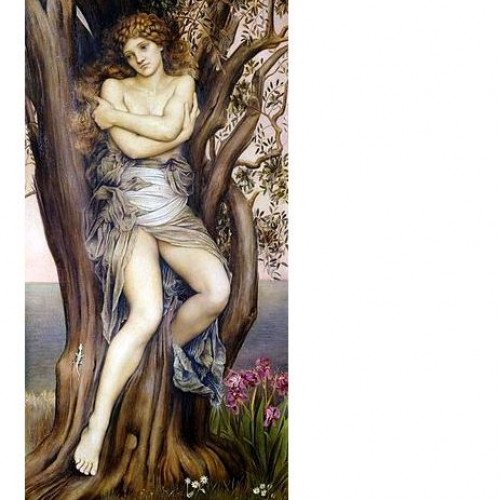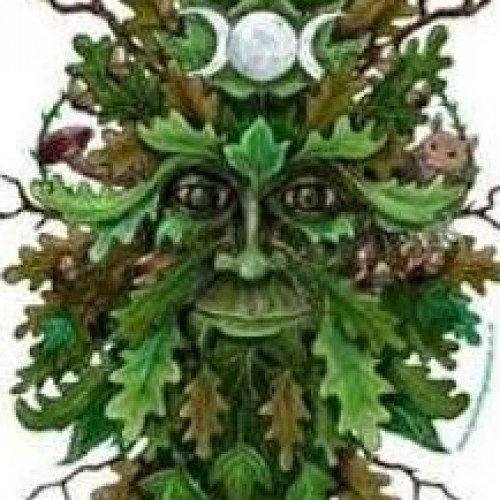Dryad vs Green Man

Dryad
A dryad (; Greek: Δρυάδες, sing.: Δρυάς) is a tree nymph or tree spirit in Greek mythology. Drys signifies "oak" in Greek, and dryads are specifically the nymphs of oak trees, but the term has come to be used for tree nymphs in general, or human-tree hybrids in fantasy. They were normally considered to be very shy creatures except around the goddess Artemis, who was known to be a friend to most nymphs.
Statistics for this Xoptio

Green Man
The Green Man, and very occasionally the Green Woman, is a legendary being primarily interpreted as a symbol of rebirth, representing the cycle of new growth that occurs every spring. The Green Man is most commonly depicted in a sculpture, or other representation of a face which is made of, or completely surrounded by, leaves.The Green Man motif has many variations. Branches or vines may sprout from the mouth, nostrils, or other parts of the face, and these shoots may bear flowers or fruit. Found in many cultures from many ages around the world, the Green Man is often related to natural vegetation deities. Often used as decorative architectural ornaments, Green Men are frequently found in carvings on both secular and ecclesiastical buildings. "The Green Man" is also a popular name for English public houses, and various interpretations of the name appear on inn signs, which sometimes show a full figure rather than just the face. Some speculate that the mythology of the Green Man developed independently in the traditions of separate ancient cultures and evolved into the wide variety of examples found throughout history.